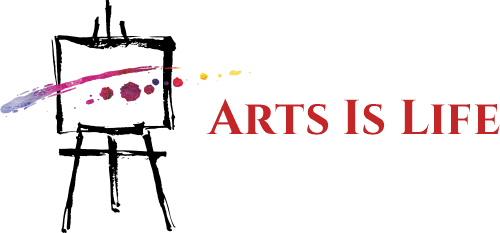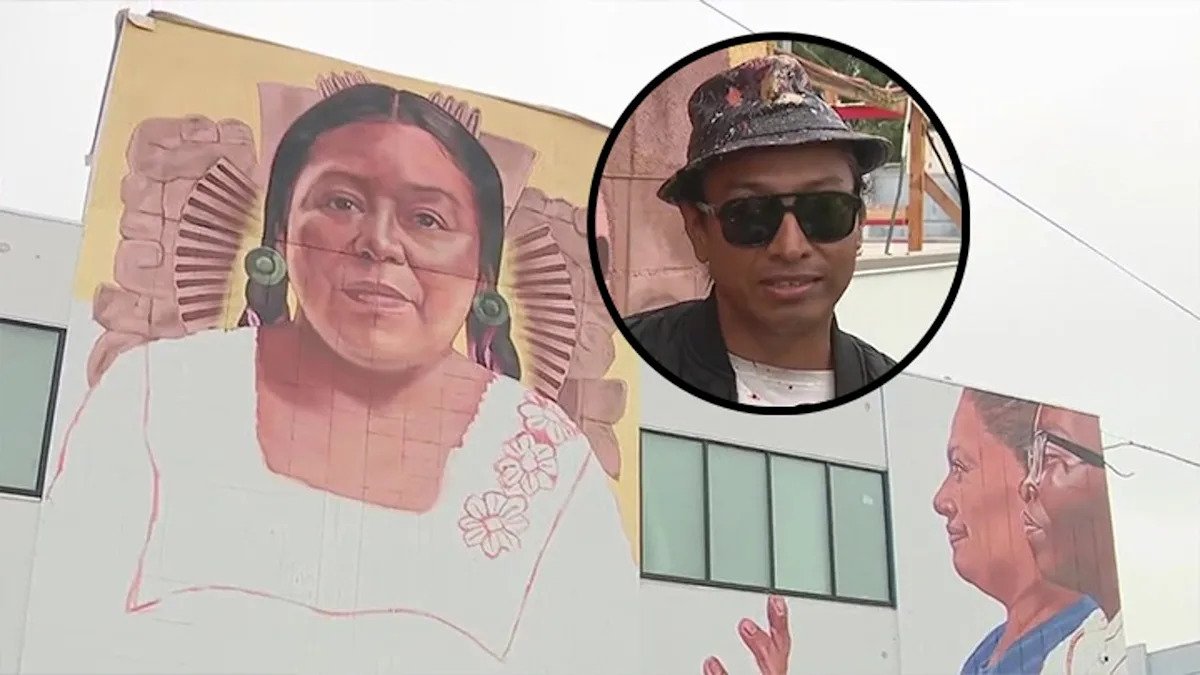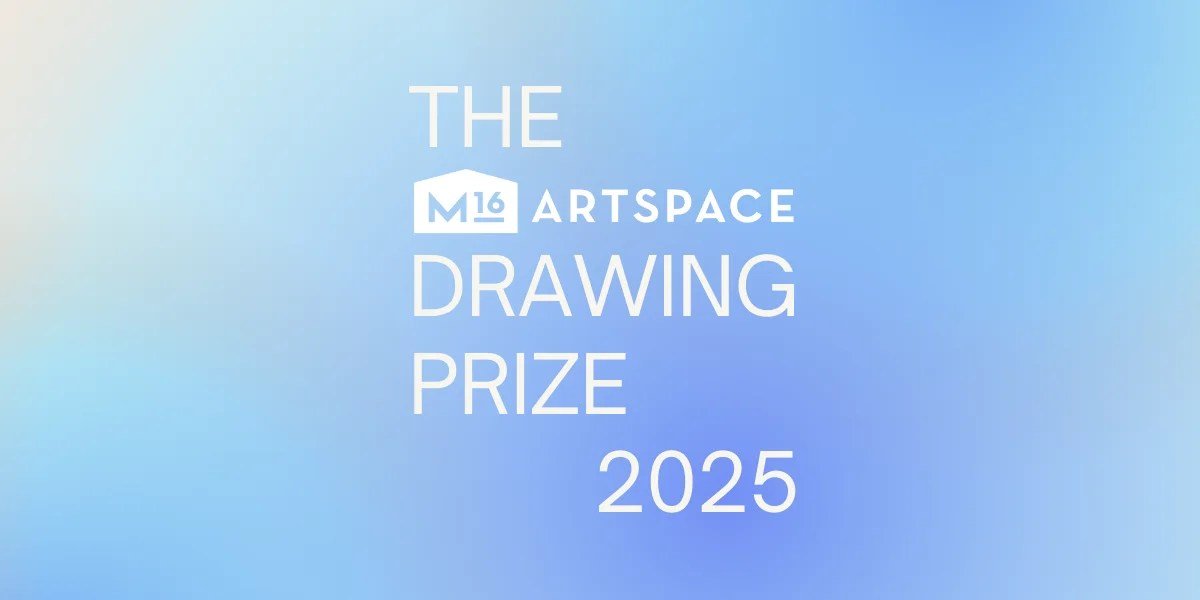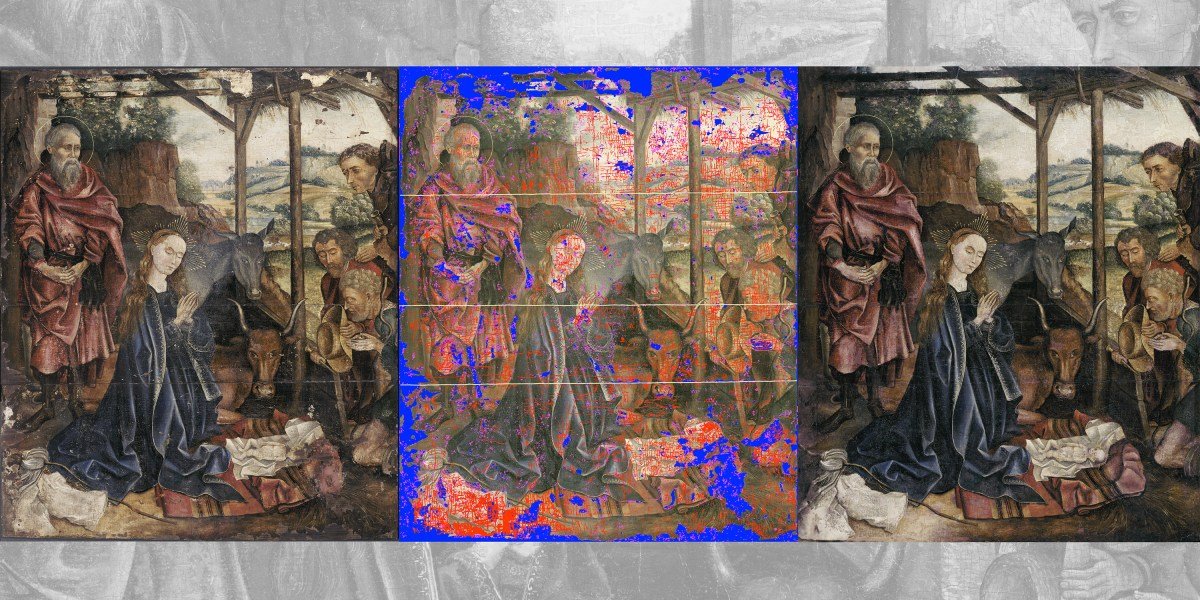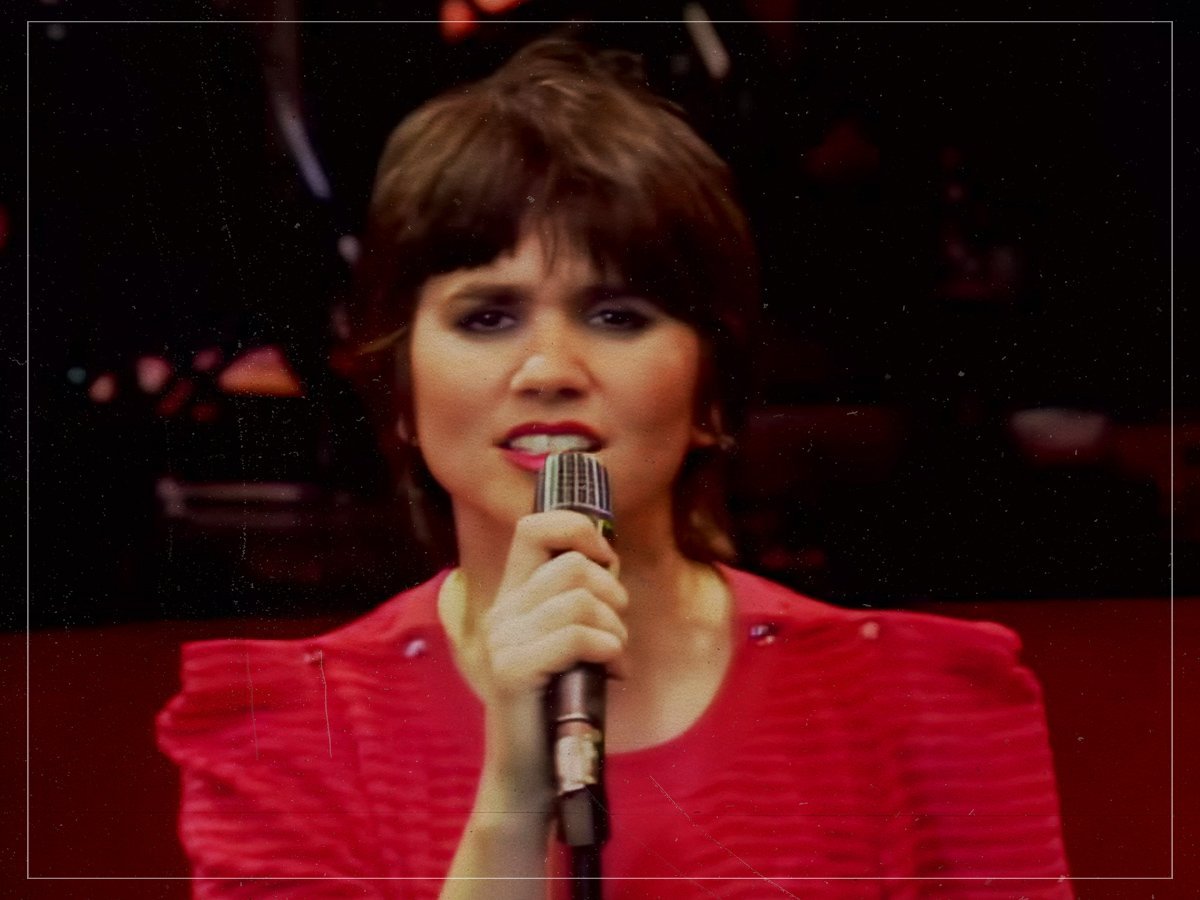
Even with the recent high-profile gallery closures, there are plenty of signs that the art market isn’t in decline but facing a reckoning. Sales measured by value are flatlining at the top, but the number of works sold is climbing thanks to younger collectors and first-time buyers who aren’t playing in the seven-figure leagues. These new entrants into a rapidly changing market are shopping for works that ring in at under $50,000—often well under—and their presence is reshaping everything from what’s on offer to how art is purchased.
This plateau at the top and upswing in smaller transactions is having ripple effects across market segments: mid-level galleries are testing editions, prints and smaller originals, while established fairs are rethinking their relevance in an environment where prestige is no match for rising costs.
Overall, what collectors are buying in 2025 is changing, as is how they’re buying. According to the 2024 Art Basel & UBS Survey of Global Collecting, Millennials and Gen Z lead the global market in both activity and growth. In the process, they are challenging traditional hierarchies and creating new avenues for artistic success outside of the conventional system, and their preferences for accessibility and transparency are pushing galleries into direct competition with online platforms and hybrid spaces that cater to speed, affordability and experimentation. For many galleries, survival now means learning how to talk to audiences who don’t see themselves as “collectors” in the traditional sense, but who are nonetheless spending and reshaping the market in the process.
As the art market experiences this generational handoff, Affordable Art Fair—which has been democratizing collecting since Will Ramsay founded it in 1999—has the advantage of being built for exactly this moment. As other fairs are scaling back due to rising costs and inconsistent returns, it is expanding into new markets like Boston and Austin while continuing to thrive in stalwarts like New York City. Its model of eschewing celebrity artists, spotlighting emerging talent and younger galleries and keeping prices capped at $12,000 aligns perfectly with the energy driving today’s market.
The numbers back it up. Erin Schuppert, director of Affordable Art Fair NYC, points out that every year about half of the fair’s visitors are first-timers, and exhibitors regularly report that more than 77 percent of their sales go to new clients. That kind of churn—new buyers entering, new relationships forming—is what the market needs but has struggled to generate. On September 17, the fair’s New York edition will return with the ethos of accessibility that has made it uniquely resilient, and Observer connected with Schuppert to learn more about how the fair’s audience is changing, how galleries are responding and the artists she thinks we need to watch.
How do you define ‘affordable’ in the context of today’s art market, and how has that price point shifted over the years in response to inflation, market trends and changing collector expectations?
It is true that the term “affordable” is relative, but at our New York editions of the fair, we define this as priced between $100 and $12,000. Every Affordable Art Fair around the globe calibrates the price ceiling to the local market and adjusts as needed in response to inflation and trends. In New York City, we raised our price ceiling a couple of years ago from $10,000 to $12,000 to better align with the market for the living artists presented at our fairs. What’s important to remember is that the average price for artworks sold at Affordable Art Fair typically falls between $1,800 and $2,100. So, while visitors will certainly see pieces priced closer to the top of our value range, we strongly encourage our exhibitors to dedicate at least half their stand to their most accessibly priced works. Thousands of artworks go to happy new homes each edition of Affordable Art Fair, and the vast majority of them are priced between $100 and $3,000.
What’s the curatorial strategy for balancing accessibility with quality—how do you avoid the perception that “affordable” means less important?
It is our priority to showcase diverse, high-quality artworks at accessible prices. We consider each gallery application carefully, and once accepted, we work closely with our exhibitors to confirm an artist list that we feel will offer our audience something special. There is a lot of mystery around pricing in the art world, so I think it’s key to debunk this idea that more expensive equals more important or higher quality. We only present living artists at Affordable Art Fair, which means pricing has been considered by the artist and their gallery, factoring in their time, resources, materials and the artist’s reputation and exhibition history. When you buy work by a living artist, you know it’s supporting their career directly.


How has the profile, taste and buying behavior of collectors at Affordable Art Fair changed in recent years, and what economic, cultural or generational factors do you think are driving those shifts?
Our audience at Affordable Art Fair NYC is really diverse, with a pretty even spread of age groups. However, over the past year, the number of collectors who report buying at the fair aged 35-44 has edged out the 45+ age bracket, and our audience aged 25-34 has grown. It’s great to see so many young people start or add to their collections at the fair. These collectors desire more personal connections with the artwork versus an ‘art as investment’ approach. They want to know an artist’s story or see themselves reflected in the subject matter. Also, in this very digital age, there has been a really positive response to more tangible mediums like textile art or ceramics. We’re seeing these trends not just in the behaviors of emerging collectors but also in seasoned art buyers who are seeking the thrill of discovery or ways to diversify their collections.
How are galleries rethinking the kinds of works they bring, the price points they focus on and the way they engage with next-generation collectors who approach art differently than previous audiences?
There has been a lot of art news in the past couple of years about the market being down in value, but what’s interesting is that the number of transactions is increasing. These acquisitions happen at lower price points in less certain economic times, but collectors are still buying. There has been more attention on emerging artists and a focus on the discovery of something new or unknown or emphasis on that personal connection I mentioned earlier. When I speak with our exhibitors, I encourage them to try new artists right now and make sure they are mixing up price points to further broaden their collector base. Utilizing digital platforms can also be a great way to reach next-generation collectors. First-time art buyers may need more time to see, think about and research artworks before pulling the trigger, so last year we created an app in partnership with ArtPlacer to give our audience more access to artwork images and details (plus AR capabilities) before the fair begins. We also partner with Cohart, a platform that helps galleries build online portfolios and manage sales directly through their app.


Beyond its price cap, what do you see as the defining qualities that make Affordable Art Fair stand out in a crowded New York fair calendar?
I have been working in the New York art market for over a decade, visiting every fair I can, and honestly, there is no place like Affordable Art Fair. I felt that way even before I worked here—I bought my first artwork at Affordable Art Fair NYC about three years before I joined the team. It is welcoming and encouraging, and there are no pretensions here. We really want this event to be fun, as browsing and buying art should be!
With the traditional art fair model under pressure from rising costs and shifting audience habits, what new formats, partnerships or programming have you introduced to keep the experience compelling for both galleries and collectors?
Affordable Art Fair’s specialty is reaching new collecting audiences and broadening the definition of a collector. In New York, we welcome 12,000-15,000 visitors each edition, and about half of those visitors are new to the fair each time. This is intentional because we really want to bring thousands of new art buyers to our exhibitors every fair. For each edition, we feature new galleries, present new artists and host new programming, including special hours for young families. Again, opportunities to digitally share artworks in advance of the fair via an app or digital portfolio are only growing in importance as younger collectors start their fair journey online.
How do you see Affordable Art Fair evolving in the next 10 years?
We are growing! This New York Fall edition will showcase eighty-five exhibitors compared to just under eighty the last few years, and later this year, we are launching Affordable Art Fair Boston from October 23-26. I expect that over the next ten years, we will continue to grow both in our established locations and in new cities. We will always prioritize reaching the next generation of collectors, and we are always collecting tons of art sales data from each of our fairs, which allows us to respond quickly to trends.
And finally, what kind of art do you collect? Who are the artists you think our readers need to know about?
I’ve really learned to trust my gut—when I see something and immediately feel like I want to live with it, I know it’s a good buy. My gut is a little unpredictable, so I collect a lot of different kinds of art! My last few acquisitions were a beautiful charcoal drawing by figurative artist Junyi Liu, a gorgeous miniature Lover’s Eye by oil painter Emma Hapner and an adorable ceramic dachshund with a baseball cap by multidisciplinary artist Joy Tien. There are definitely some artists I have my eye on for this edition! Nathaniel Williams (Bryan Gallery) is an American landscape painter, and his night scenes of deserted highways are eerily beautiful. Xenia Gray (CABADA CONTEMPORARY) is a figurative artist who focuses on the nuances of human emotion in her stark portraits inspired by the Siberian landscape in which she grew up. Australian artist Mikaela Stafford (Tits & Co.) makes motion picture graphics and 3D digital works, including some for brands such as Nike, and her prints look like they could flow out of the frame at any second.


More in art fairs, biennials and triennials
